- Home
- About Us
- Products
-
Heat-Pump Dehumidifier DeAir
 DeAir.RE
DeAir.RE -
Heat-Pump Dryer DeAir.RE-H
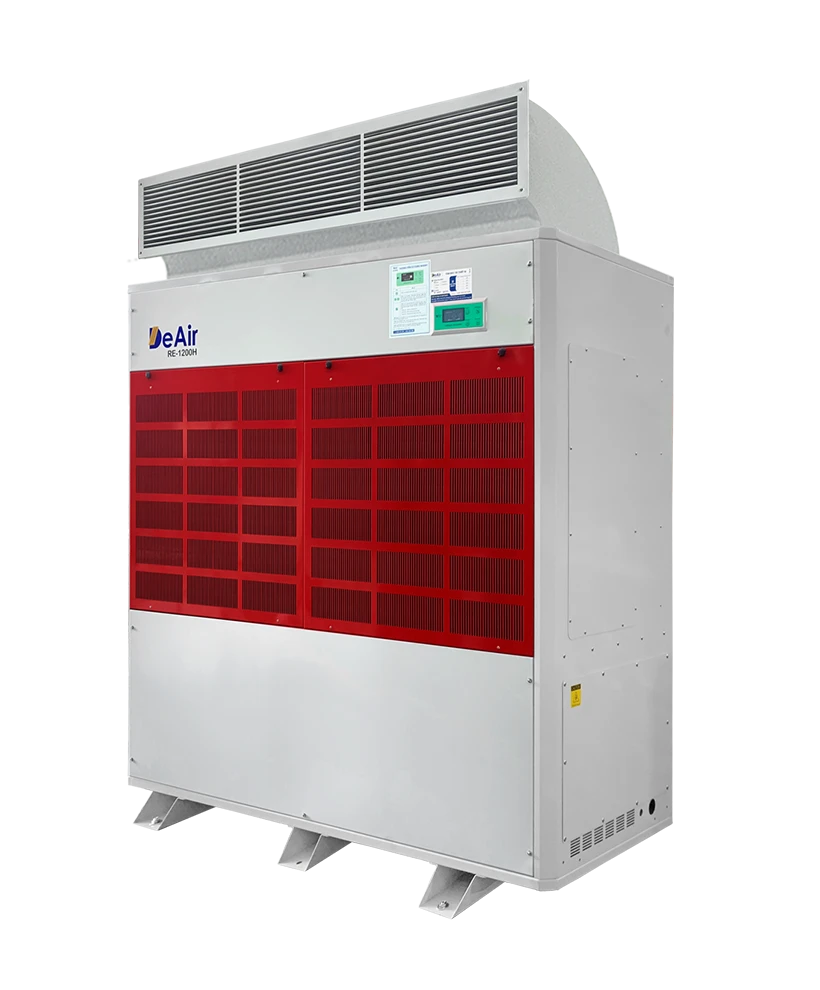 DeAir.RE-H
DeAir.RE-H -
Heat-Pump Stainless Steel Dehumidifier
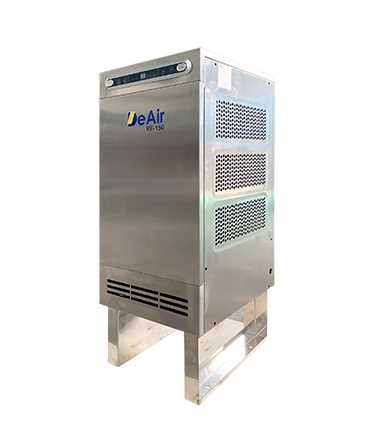 DeAir.RE-INOX
DeAir.RE-INOX -
Heat-Pump Isothermal Dehumidifier DeAir.CRE
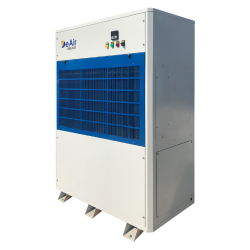 DeAir.CRE
DeAir.CRE -
Dezenno Dehumidifier
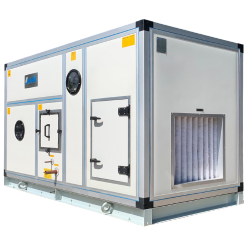 Dezenno
Dezenno -
Heat-Pump Ceiling Mounted Dehumidifier DeAir
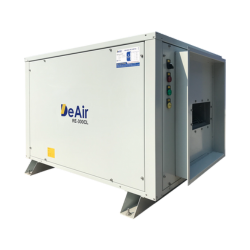 DeAir.RE-CL
DeAir.RE-CL -
Dehumidifier Olmas
 Olmas-OS
Olmas-OS -
Industrial Humidifier DeAir
 DeAir.HM
DeAir.HM -
Heat-Pump Dryer Daxwell
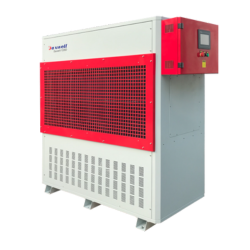 Daxwell
Daxwell -
Electric Duct Heater DeAir
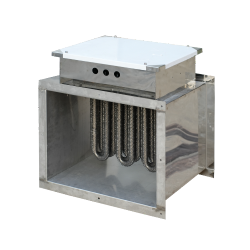 DeAir.Heat
DeAir.Heat -
Air Handling Unit Dezenno.MAX
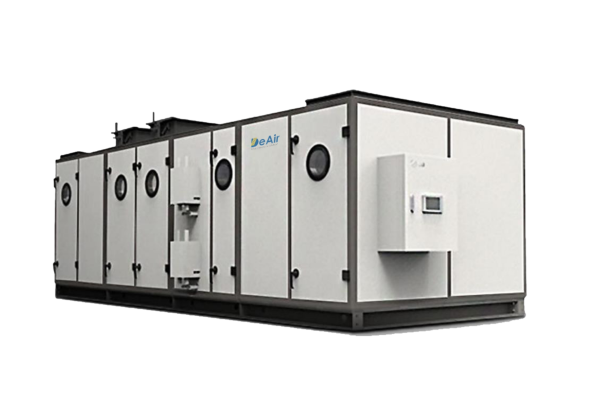 AHU
AHU
-
- Services
- Projects
- Warranty – Maintenance
- News
- Contact
Humidity Control Solutions for the Textile Industry: Boosting Productivity, Enhancing Fiber & Fabric Quality
17/05/2024
In the textile industry, humidity is not an enemy, but a TOOL. If you can control it, you control quality and productivity. Otherwise, it will control you. In Vietnam's tropical climate, mastering this "tool" is the secret for textile mills to enhance their competitive edge, reduce waste, and meet strict export standards.
As experts, DeAir provides comprehensive environmental control solutions, from dehumidification to humidification, helping textile businesses master this crucial tool at every stage of production.
Why Is Humidity a Vital Factor in the Textile Industry?
Natural fibers like cotton, wool, and linen are highly hygroscopic. A single cotton fiber can absorb water up to 65% of its own weight. This characteristic turns humidity into a "double-edged sword":
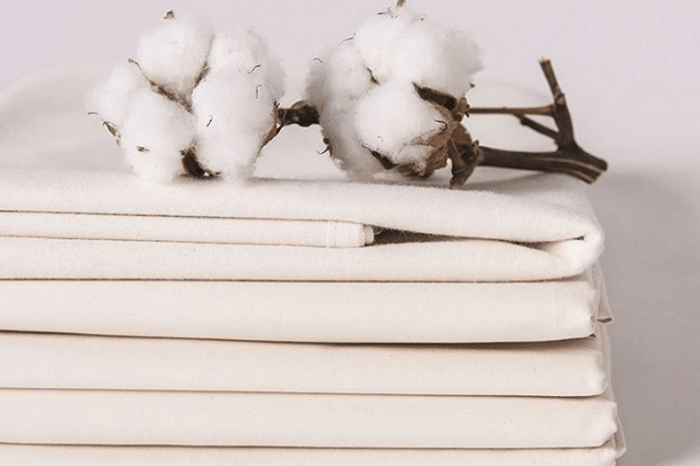
- When Humidity is TOO LOW (<40%RH): It causes severe static electricity, making fibers repel each other, float around, become difficult to gather, and prone to breaking during spinning. The yarn becomes brittle, reducing the efficiency of weaving machines due to downtime for re-threading.
- When Humidity is TOO HIGH (>80%RH): Fibers become sticky, clumpy, and difficult to process in carding machines. More dangerously, there is a high risk of mold growth on raw cotton or finished fabrics in storage, which can ruin entire batches.
Optimal Humidity Control Solutions for Each Stage
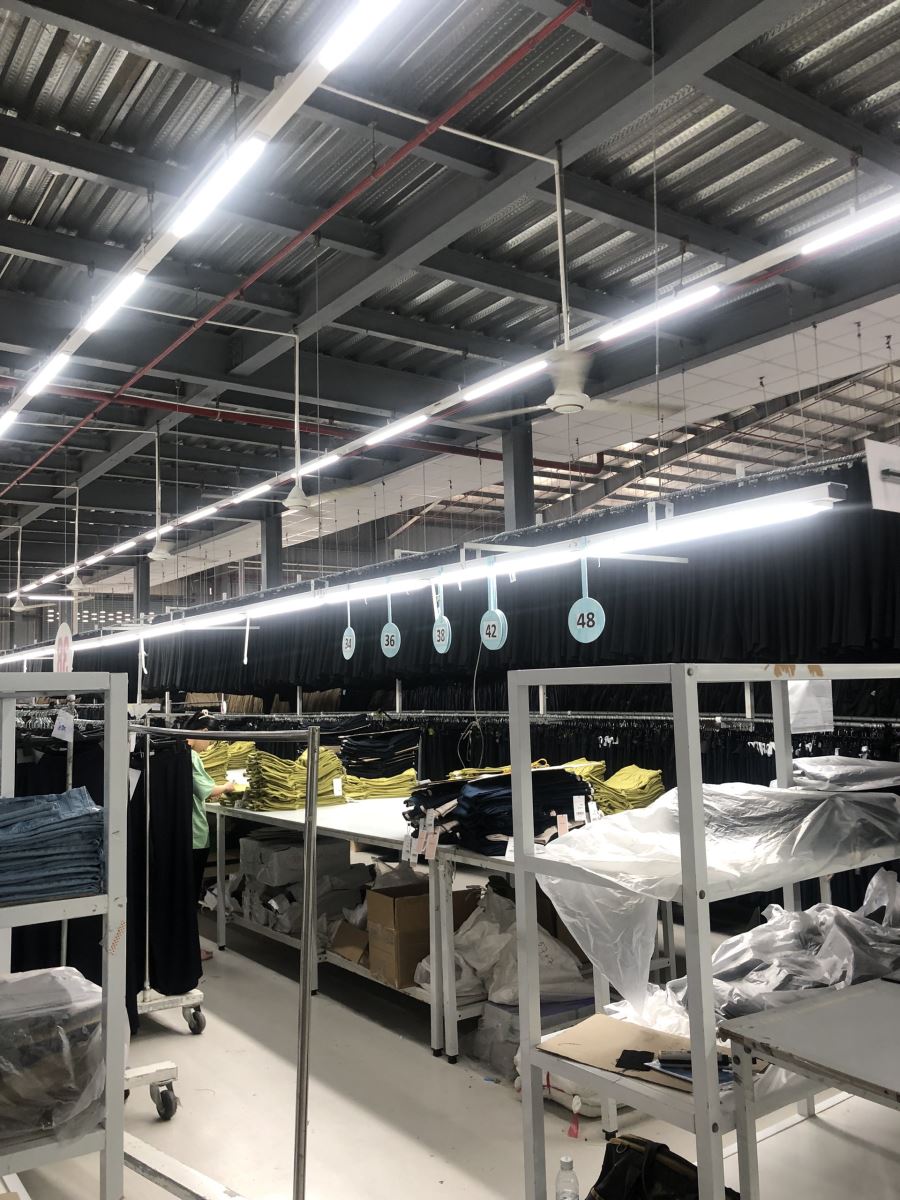
1. Raw Material Storage & Spinning Stage
Requirement: This stage needs relatively high humidity (around 60-70%) to reduce static, increase the softness, and enhance the strength of the fibers.
DeAir's Solution: The primary solution is to use a DeAir.HM industrial humidifier system to proactively add moisture and maintain an ideal environment. On days with peak humidity, a DeAir.RE industrial dehumidifier will control the humidity to prevent it from exceeding the permissible limit, thus preventing mold.
2. Weaving Stage (Woven & Knitted)
Requirement: This stage requires the highest and most stable humidity (up to 75-85%). Properly moisturized yarn has increased elasticity and tensile strength, significantly reducing yarn breakage rates, which in turn minimizes machine downtime and maximizes weaving machine productivity.
DeAir's Solution: A high-capacity DeAir.HM humidifier system, strategically placed to spray mist or generate steam evenly throughout the workshop, is an indispensable solution for modern textile mills.
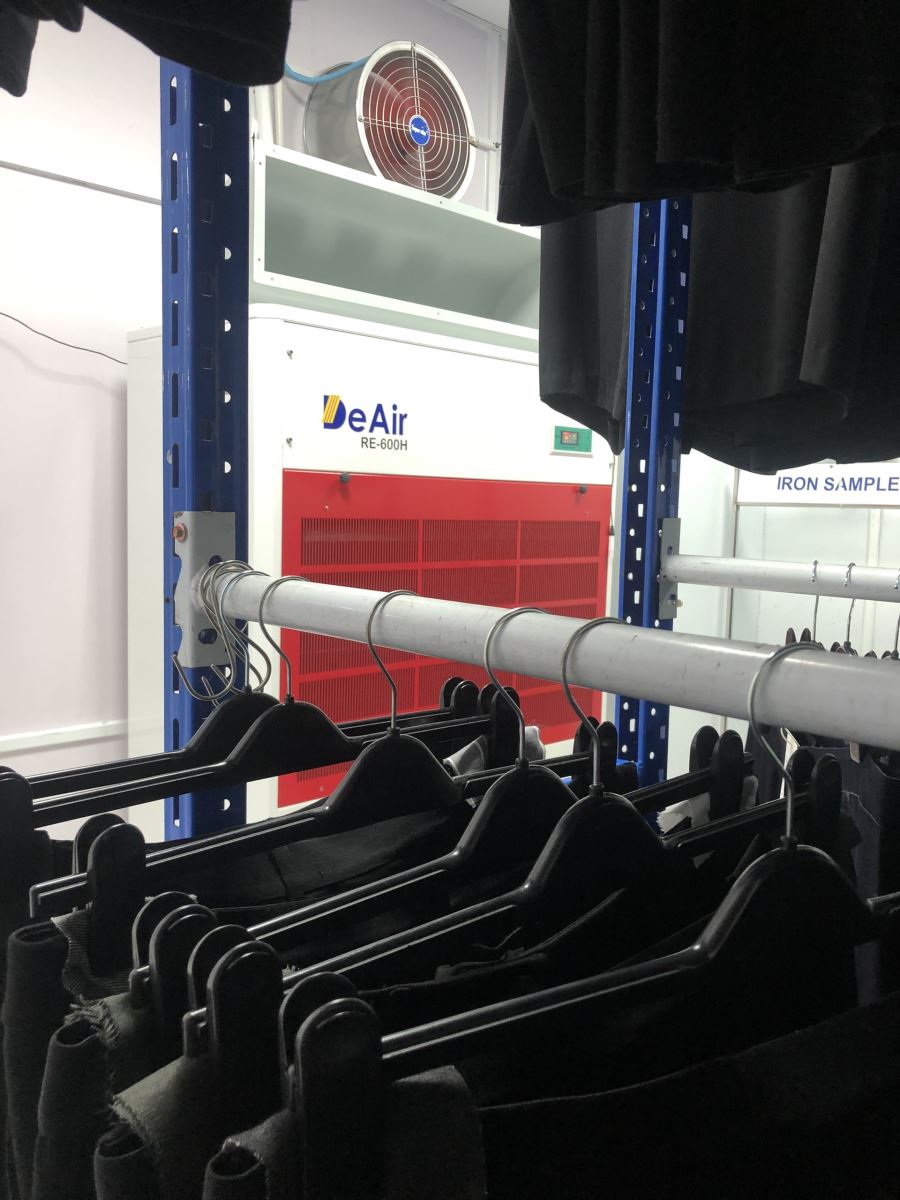
3. Finishing & Finished Goods Storage Stage
Requirement: Contrary to production, this stage requires a dry environment (humidity below 60%) to preserve finished fabrics and garments, preventing mold, yellowing, and musty odors before shipment.
DeAir's Solution:
- Warehouse Preservation: Install DeAir.RE industrial dehumidifiers (models RE-600, RE-1200, etc.) for large finished goods warehouses.
- Finishing & Drying: For processes requiring quick drying after washing or steaming, the DeAir.RE-H Heat-Pump Dryer series (such as model DeAir.RE-600H) is the optimal choice, providing fast drying while saving energy.
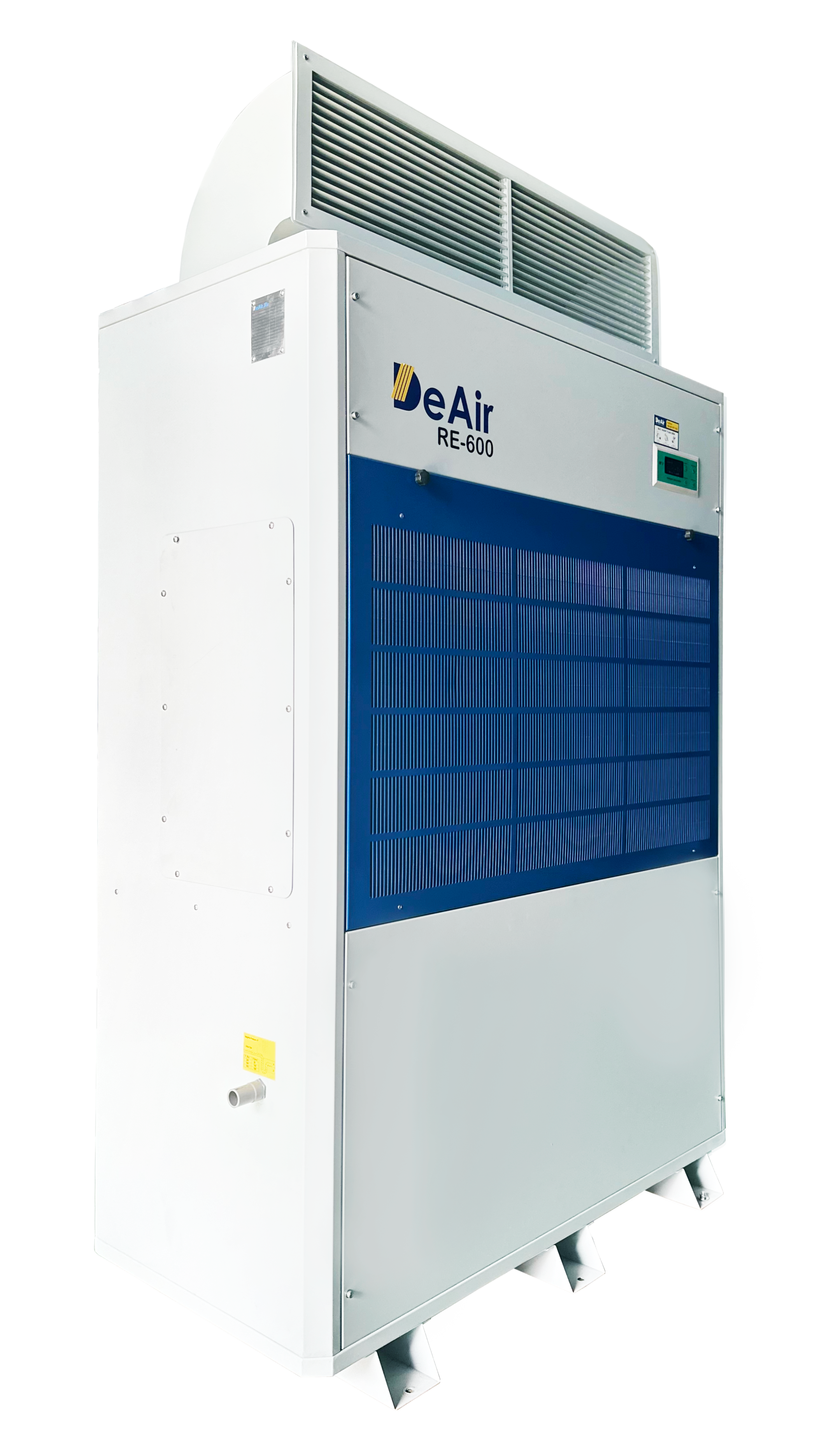
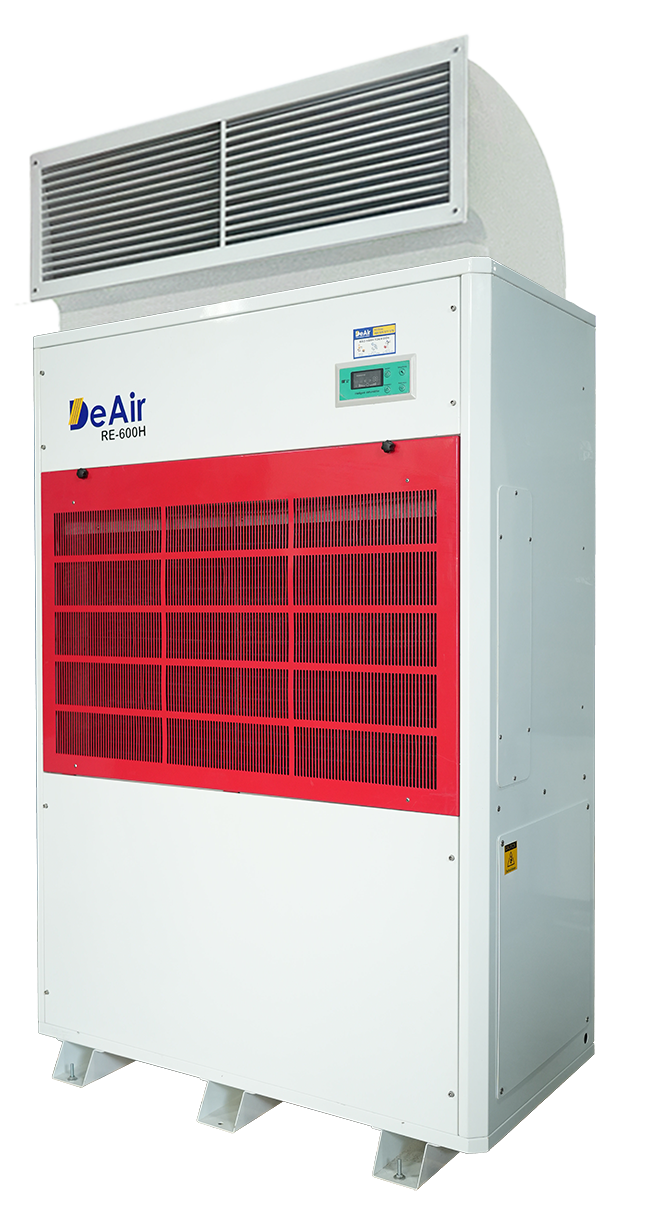
Conclusion
In the textile industry, there is no single solution. Successful humidity control requires a comprehensive system capable of both HUMIDIFYING during production and DEHUMIDIFYING during storage. DeAir is one of the few units with the capability to provide this total solution, from consultation and design to equipment supply and maintenance.
Let DeAir's experts survey your factory and advise on a comprehensive humidity control system to help you optimize productivity and enhance product quality.
CONTACT US FOR CONSULTATION AND A QUOTE
DEAIR JOINT STOCK COMPANY
Email: operation@deair.com.vn
Hotline: +84 925 977 579 (Ms. Tam) | +84 914 205 850 (Ms. Hoa)
Website: deair.com.vn/en
Sign up for news from DeAir
Related news






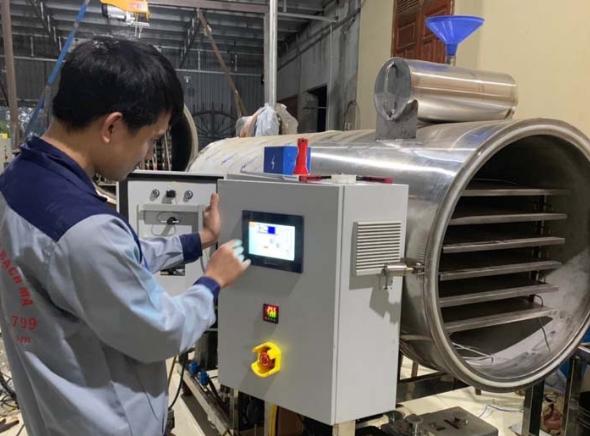



![[Case Study] DeAir Installs DeAir.De Rotor Humidity Control System for Pharmaceutical Plant in Binh Duong [Case Study] DeAir Installs DeAir.De Rotor Humidity Control System for Pharmaceutical Plant in Binh Duong](https://deair.com.vn/thumbs/news/2023_04/ban_giao_may_cho_duoc_bd/[270x153-cr]image1-1024x772.jpg__cv.webp)

![[Review & Guide] Olmas OS-300: The New Humidity Control "Warrior" for Medium to Large Warehouses [Review & Guide] Olmas OS-300: The New Humidity Control "Warrior" for Medium to Large Warehouses](https://deair.com.vn/thumbs/news/huong_dan_su_dung_may_olmas_21/[270x153-cr]vtm06440.png)